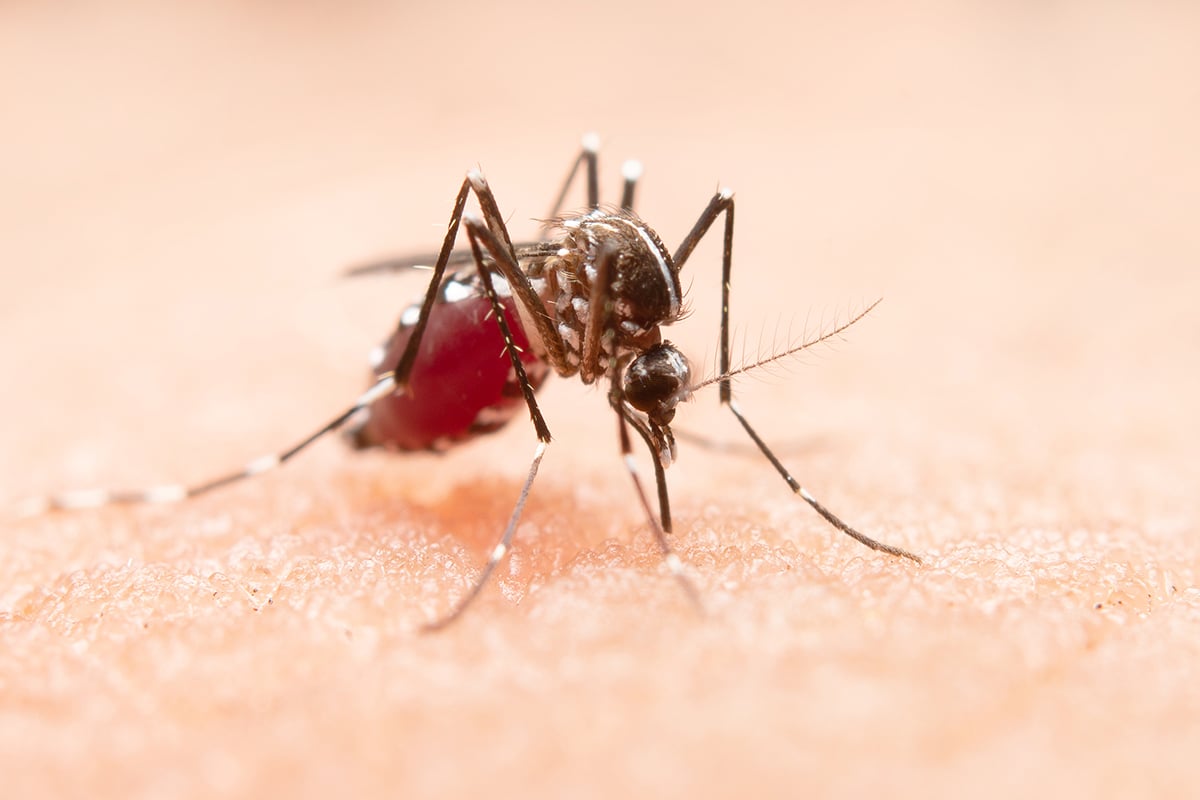A groundbreaking diagnostic method has been introduced by scientists, enabling precise differentiation between Zika and dengue virus infections. This breakthrough is crucial for areas plagued by both viruses, enhancing treatment approaches and vaccine research.
Transmitted mainly through mosquito bites, Zika virus surged across the Americas in 2015, much like dengue virus. Traditionally, both viruses generate similar antibodies, complicating the diagnosis and differentiation for medical experts. This overlap in diagnosis is critical, particularly for expectant mothers, as Zika can lead to severe congenital anomalies during pregnancy.
A team from the University of Pittsburgh Public Health, under the leadership of Priscila Castanha, PhD, employed innovative “peptide-inspired conformationally constrained oligomers” (PICCOs) to resolve this diagnostic challenge. These synthetic constructs are designed to replicate pathogen epitopes, attracting virus-specific antibodies.
In their research, the team tested over half a million PICCOs with blood samples from patients confirmed to have Zika or dengue. They pinpointed 40 PICCOs that exclusively responded to Zika virus antibodies. Of these, a standout PICCO named CZV1-1 was particularly effective, identifying Zika infections with an 85.3% accuracy rate and only a 1.6% false positive rate.
This utilization of epitope surrogate technology in combating Zika represents a pioneering step in diagnostic processes, filling a significant void in current methods used to distinguish between flavivirus family infections, which include not just Zika and dengue, but other mosquito- and tick-borne diseases as well.
What sets this technology apart is its adaptability to field conditions. The PICCOs don’t require refrigeration, overcoming a major hurdle in many tropical areas where these viruses thrive. This makes the technology crucial for use in isolated or under-resourced environments, bolstering efforts to control outbreaks effectively.
The creation of this tool is a remarkable development both technically and logistically, simplifying the testing protocol extensively. During the 2015 Zika epidemic, confirming an infection was laborious and needed multiple tests. With the CZV1-1 PICCO, this process could become more efficient, reducing the time and resources required for accurate diagnosis.
Beyond diagnostics, this technology could significantly impact public health management by enabling authorities to precisely distinguish between Zika and dengue infections. This clarity can improve population immunity assessments, enhance clinical trials for emerging treatments, and advance epidemiological research, especially in countries like Brazil where exposure to both viruses is common.
Additionally, accurate differentiation of these infections can inform public health strategies and aid in the allocation of resources for vaccine development, targeting the most critical health challenges.
As this technology progresses towards wider implementation, it not only enhances diagnostic accuracy for Zika and dengue but also sets a model for responding to future viral epidemics. This epitope surrogate technology offers a critical and flexible tool in the global effort to combat diseases spread by mosquitoes and ticks.







